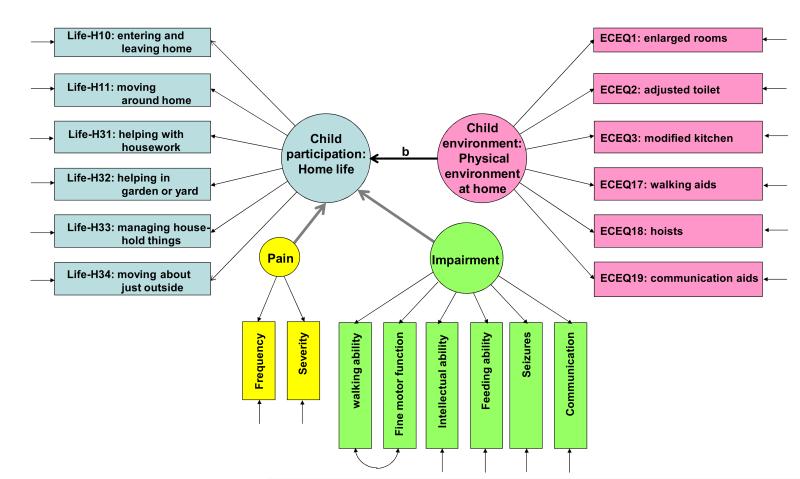Fig 1. Structural equation model used for the hypothesized association between the child’s physical environment at home and participation in home life.
Circles represent latent variables. Rectangles represent observed variables: Assessment of Life Habits items, ECEQ items, types of impairments, and pain measures. Straight arrows connecting circles and/or rectangles represent linear relations. The variable at the tail of the arrow is assumed to influence the variable at the head of the arrow. Curved arrows represent correlations. Short arrows pointing at rectangles represent residual variability. b is the regression coefficient relating participation to environment; it is the main parameter of interest. The estimated values of b for the hypothesized associations of participation domains and environmental domains are reported in tables 4 to 6. Abbreviation: Life-H, Assessment of Life Habits.

